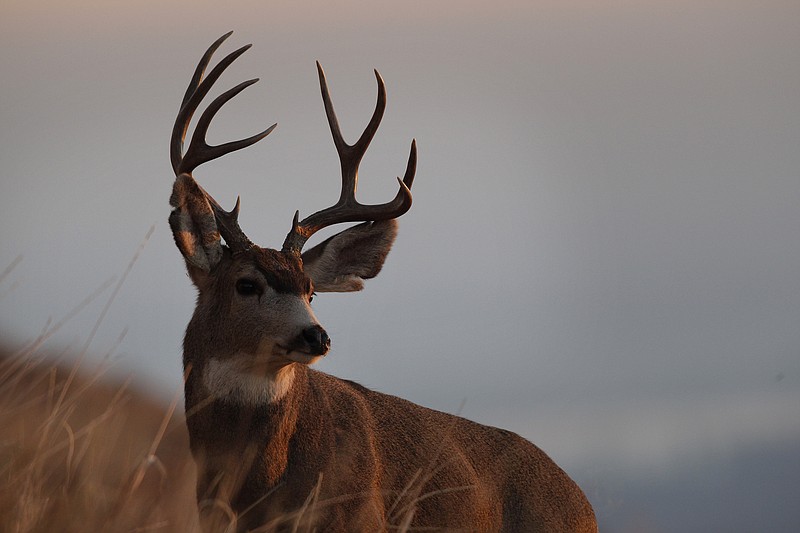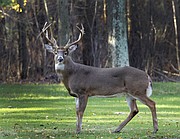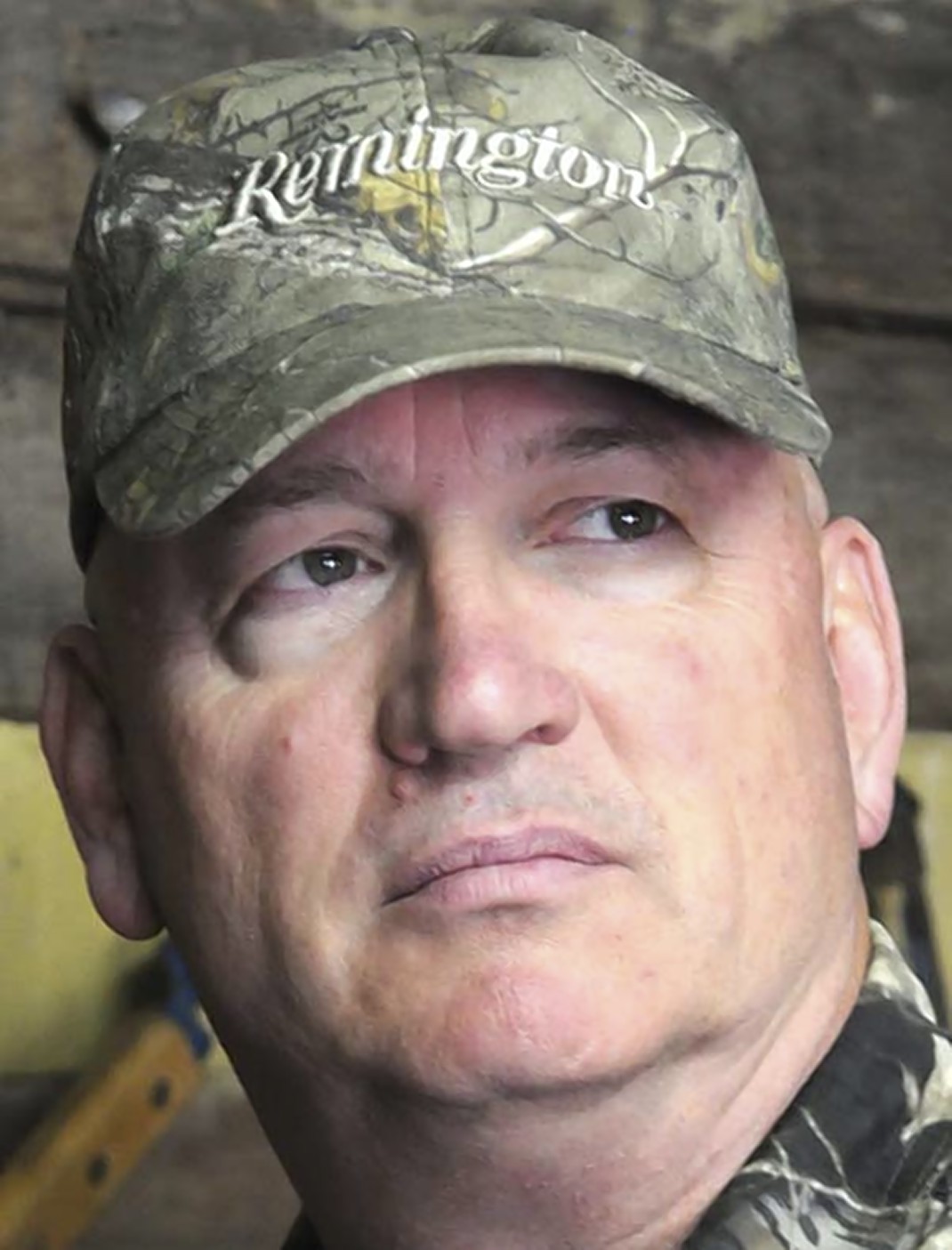"Age is like love; it cannot be hidden." - Thomas Dekker
I was trapped like a rat, with no way out of it. The guy on the phone was primed, locked and loaded to talk about deer.
Oh well, I thought - might as well settle to listen and enjoy the show. I imagined myself on a long jaunt in the mountains, and though I was caught in a big rainstorm, I was lucky enough to have found a large rock cliff to get under and wait out the tempest.
"Saw two bucks in my back field this morning," he eagerly exclaimed. "One was a 3 1/2-year old, and the other was a big boy, he was at least 5."
I couldn't resist, so I jumped in: "How could you tell?"
"Oh, I can just tell," he said. "I've been deer hunting my whole life."
I thanked him for the conversation, and truthfully I did enjoy talking to him, even if the eye rolling on my end had reached Boone and Crockett proportions.
Much like forecasting when turkeys will gobble and fish will bite, the quandary of telling the age of deer while they are on the hoof is one of those outdoor mysteries sportsmen love to cuss and discuss.
"Aging a buck is not a science, it is an art," said Lindsay Thomas, communications manager at Quality Deer Management Association.
Since 1988, QDMA has worked to promote sustainable, high-quality deer populations, wildlife habitats and ethical hunting experiences through research, education, advocacy and hunter recruitment. QDMA teaches deer hunters how to improve local deer populations, habitat and hunting experiences. I believe in QDMA, and I think it does good things.
Whenever in-depth questions about whitetail deer come up, Thomas is one of the people I like to call. I figure he and the guys at QDMA have forgotten more about deer and deer issues than most of us will ever know. (Unless it is something like "What is the best caliber of rifle for deer hunting?" That is the one you bring up at deer camp when you want to start a fight.)
"Aging yearlings, the year-and-a-half-old buck, is fairly easy," Thomas told me. "The 4- and 5-year-old bucks are not too hard. It is the ones in the middle - the 2-, 3- and 4-year-old deer - where it gets trickier."
Now you deer hunters out there, hold on to your coffee cups. Are you ready?
The next thing Thomas said was this: "The first thing to remember when aging a deer on the hoof is don't look at the antlers!"
What? How can that be?
"Remember, it is possible for a yearling buck, 18 months old, to have a small six- or eight-point rack," he said. "Aging a live deer you are watching or by a picture is about body size and proportions. A yearling deer is like many teenagers - long legs, slender body, and a long, slim neck. With each passing year, most bucks will fill out in the body, grow a bigger belly, and the legs will appear shorter because the body increased in size."
Because I knew you needed something to liven up the mood at the barber shop and the office break room, here are some of the biggest mistakes we make when attempting to age buck deer, straight from Thomas and the QDMA website.
* We use sketchy photos for our estimates. Estimating a buck's age requires studying body characteristics and physical proportions in areas like the stomach, chest, neck, hindquarters and legs - and comparing these parts to each other in the same photo. The ideal photo angle meets these criteria: a broadside view of the deer, standing still with his head up and the entire body visible. The camera angle should be parallel to the ground, not taken from above. The timing should be in the pre-rut phase or during the rut.
* Only looking at one photo. Even in the ideal picture, there can be variables that will influence your age estimate. For example, a buck might be posturing to show his aggression toward another buck you can't see. This might include bristling (standing the hair on end), which makes the buck look bigger to potential competitors but also can make him look older than he really is. I've even seen sequences in which a buck is breathing heavily, making his stomach rise and fall dramatically from one photo to the next. Hopefully you can get multiple photos of the same deer.
* We gawk at the antlers. Use your thumb, a Post-It note, duct tape or any other handy object to cover them up if you need to, but whatever you do, don't look at the antlers first. Every age class of bucks will include some deer with below- and above-average antlers, and these deer can fool you badly if you look at antlers first. You can make mistakes like killing young bucks with great antlers or passing mature bucks with small antlers. Study the body first. Make your age estimate. Then, if you are still torn between two ages and really need a tiebreaker, consider the antlers. Longer beams, heavier mass and wider spread argue for the older age - and vice versa. That's the only time we recommend antler proportions being considered in an aging discussion. There's just too much overlap in antler size across age classes to take this risk.
Obviously there are other considerations when trying to age that buck, but that is a starting point
If you are not a QDMA member, you need to check out the association's website and explore the wealth of information offered, then you need to join up with a membership. When the festivities start at the barber shop and the water cooler, you want to be informed.
"The Trail Less Traveled" is written by Larry Case, who lives in Fayette County, W.Va. You can write to him at larryocase3@gmail.com.


